Entry Type: Thing
aka: Exotic Plants
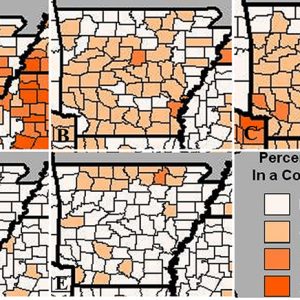 Invasive Shrubs
Invasive Shrubs
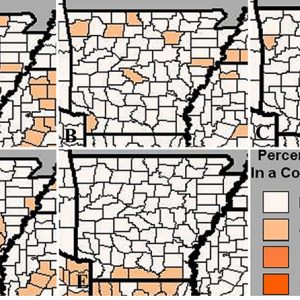 Invasive Trees
Invasive Trees
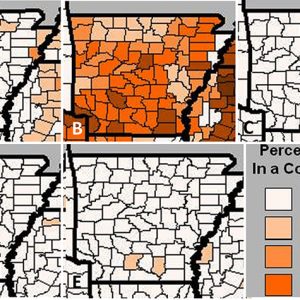 Invasive Vines
Invasive Vines
 IQ Zoo Raccoon
IQ Zoo Raccoon
 IQ Zoo Performer
IQ Zoo Performer
IQ Zoo
 IQ Zoo Ad
IQ Zoo Ad
Irons Fork Experimental Forest
 Isopod
Isopod
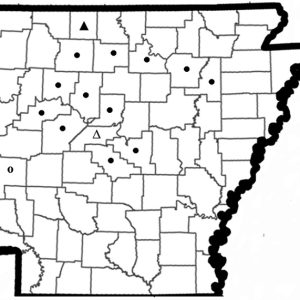 Isopods Distribution
Isopods Distribution
It’s Alive!
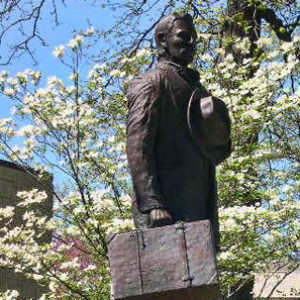 Italian Monument at Tontitown
Italian Monument at Tontitown
 Ivory-billed Woodpecker
Ivory-billed Woodpecker
Ivory-billed Woodpeckers
aka: Campephilus principalis
Izard County Courthouse
 Izard County Map
Izard County Map
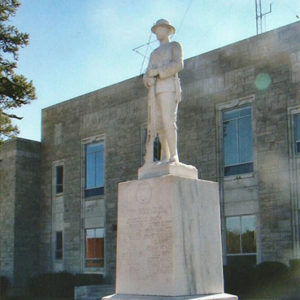 Izard County World War I Monument
Izard County World War I Monument
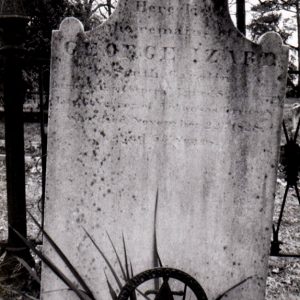 Izard Grave
Izard Grave
 J. B. Hunt Intermodal Service
J. B. Hunt Intermodal Service
J. B. Hunt Transport Services, Inc.
J. H. Miller
J. R. Poisson v. Etienne d’Avril
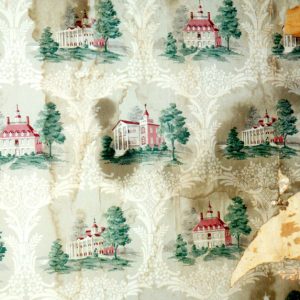 J. V. Bell House Wallpaper
J. V. Bell House Wallpaper
J. Wilson [Steamboat]
Jack Tar Hotel and Bathhouse
aka: Garland Tower
Jackson Cookie Company
Jackson County Courthouse
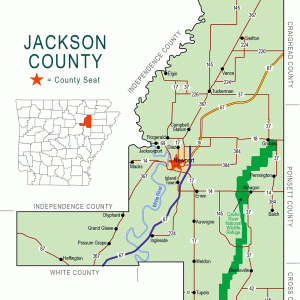 Jackson County Map
Jackson County Map
 Travis Calvin Jackson Plaque
Travis Calvin Jackson Plaque
 Jacksonville Museum of Military History
Jacksonville Museum of Military History
Jacob Trieber Federal Building, United States Post Office and United States Courthouse
aka: Helena U.S. Post Office and Courthouse
James A. Dibrell House
James C. Tappan House
aka: Tappan-Pillow House
James E. M. Barkman House
James Phillip Smith House
 Japanese Beetle
Japanese Beetle
Jazz Music
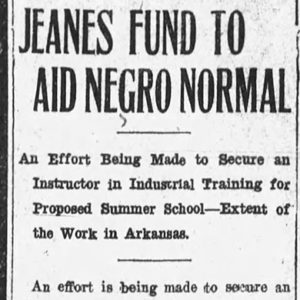 Jeanes Teachers Article
Jeanes Teachers Article
 Jefferson County Map
Jefferson County Map
Jeffery Cemetery
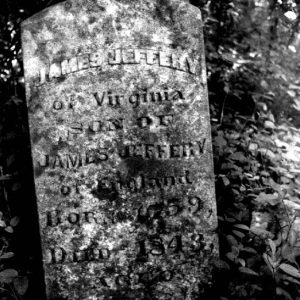 Jeffery Tombstone
Jeffery Tombstone
Jeffress/Phillips Music Company
Jegley v. Picado
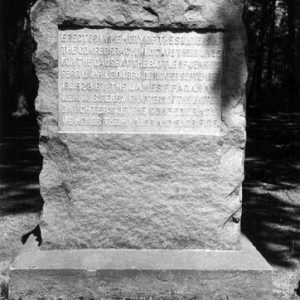 Engagement at Jenkins' Ferry Monument
Engagement at Jenkins' Ferry Monument
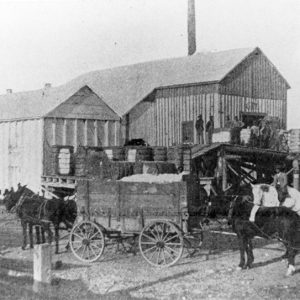 Jericho Gin
Jericho Gin
Jerome Elementary School No. 22
Jess Norman Post 166 American Legion Hut
Jim Crow Laws
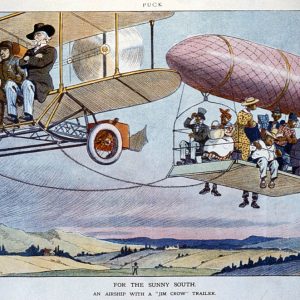 Jim Crow Laws Cartoon
Jim Crow Laws Cartoon




